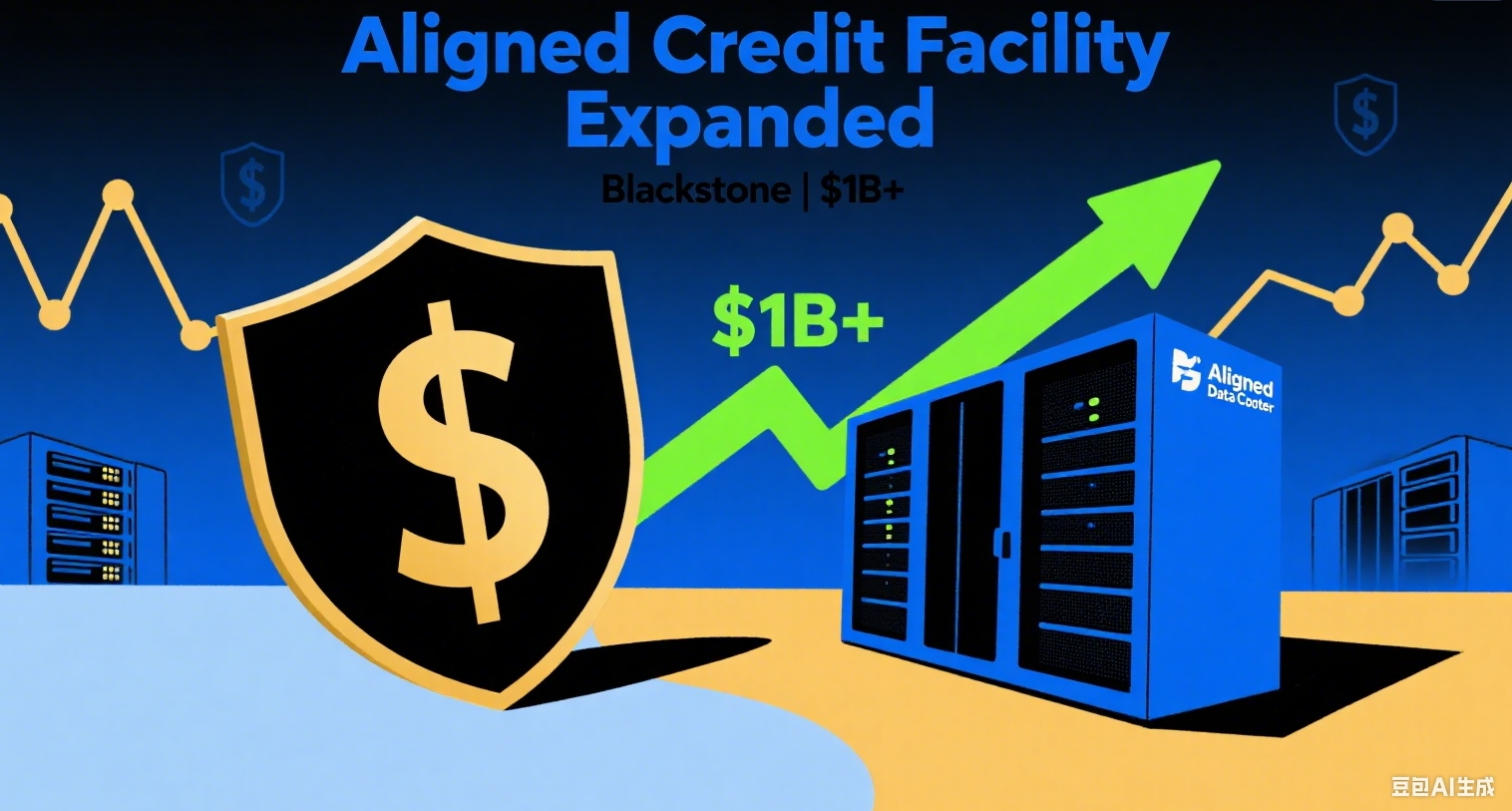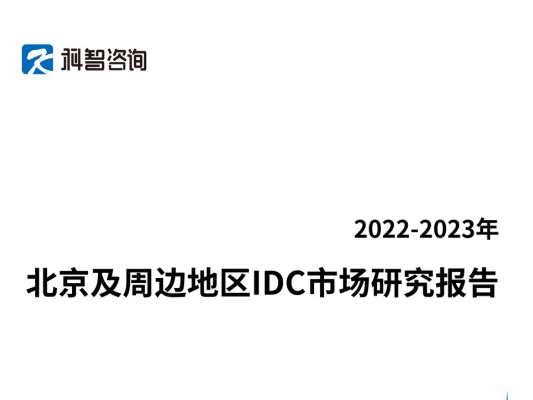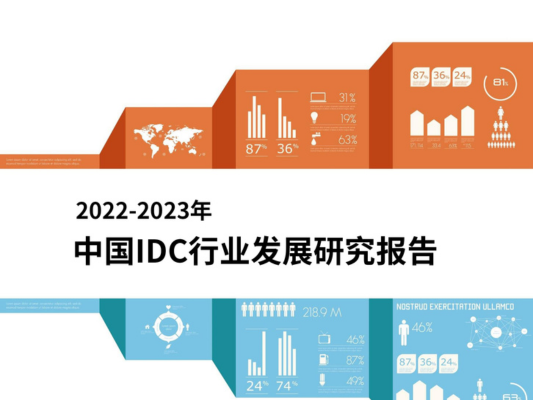Aim to lessen wait times for data centers seeking a grid connection
Google has signed agreements with utilities Indiana Michigan Power (I&M) and Tennessee Valley Authority (TVA) to enable demand response capabilities at its data centers doing machine learning (ML) workloads.
The agreements are part of a broader strategy by Google to bring flexible demand capabilities into its data center fleet, enabling the firm to shift or reduce power demand during certain times of the year. In doing so, data centers can be connected to the grid more quickly, as there is reduced strain on the system during times of peak demand.
“Grid operators typically only utilize about 50 percent of available generating capacity. This is by design: they must plan and build enough power plants to meet the highest demand at any given time, but peak demand only occurs during a small fraction of the hours in a year,” said Michael Terrell, head of Advanced Energy at Google. “Research shows that even a small amount of flexibility for large energy loads, like ML, during peak times can reduce the need to build new power plants while accommodating new energy loads much faster.”
The agreement will see demand response capabilities enabled at a Google data center in Fort Wayne, Indiana. It will also allow for long-term resource planning with the utilities to allow for the integration of flexibility into future grid development alongside Google’s data center infrastructure deployment.
TVA operates the nation's largest public power system and supplies power in most of Tennessee, northern Alabama, northeastern Mississippi, and southwestern Kentucky. I&M provides electric service to 46 cities in six counties in southwestern Michigan and 118 communities in 24 counties in northern and northeastern Indiana.
“I&M is excited to partner with Google to enable demand response capabilities at their new data center in Fort Wayne, IN. As we add new large loads to our system, it is critical that we partner with our customers to effectively manage the generation and transmission resources necessary to serve them,” said Steve Baker, president and CEO of I&M. “Google’s ability to leverage load flexibility as part of the strategy to serve their load will be a highly valuable tool to meet their future energy needs.”
The agreements build on a long track record of pilot projects testing the efficacy of demand response. Last year, Google completed a successful demonstration project with Omaha Public Power District. During the project, Google was able to reduce the power demand associated with ML workloads during three grid events, which paved the way for it to pursue new opportunities.
Google said that opportunities for demand response are only expected to increase with AI adoption. “We see a significant opportunity to expand our demand response toolkit, develop capabilities specifically for ML workloads, and leverage them to manage large new energy loads. By including load flexibility in our overall energy plan, we can manage AI-driven growth even where power generation and transmission are constrained,” said Terrell.
Despite the early successes, demand flexibility through data centers remains in its infancy, and as a result, will only be available at certain locations. In addition, Terrell admits there are limits to how flexible a data center can actually be, due to the need for high levels of reliability in applications such as Google Search and Google Maps.
However, for Terrell, the incorporation of ML workloads is an important step in enabling “larger scale demand flexibility, delivering grid reliability and cost-saving benefits in the places where these capabilities are deployed.”
The agreements are not Google's first foray into the use of demand response and AI to free up space on the grid. In April, Google X's moonshot project, Tapestry, signed a deal with the Regional Transmission Operator PJM Interconnection to deploy AI to facilitate faster grid connection timelines for power projects and data centers.
Initially, it will automate processes currently completed by grid planners, which include reviewing applications to determine the viability of projects seeking a connection. Over time, the partnership aims to develop a model of the grid similar to Google Maps but for grid information.
Outside of Google, several companies have emerged in recent months promising to provide demand response services through the use of AI. May saw the launch of GridCare, which aims to leverage advanced generative AI-based analysis to detect pockets with geographic and temporal capacity on the existing grid. By doing so, the company claims, it can reduce the time-to-power of data centers to 6-12 months.
Following this, in July, Nvidia-backed Emerald AI closed its seed funding round. The company is developing a solution - dubbed Emerald Conductor - to orchestrate AI workloads in real-time, enabling data centers to dynamically adjust their energy consumption and support grid stability while assuring acceptable AI compute performance.








